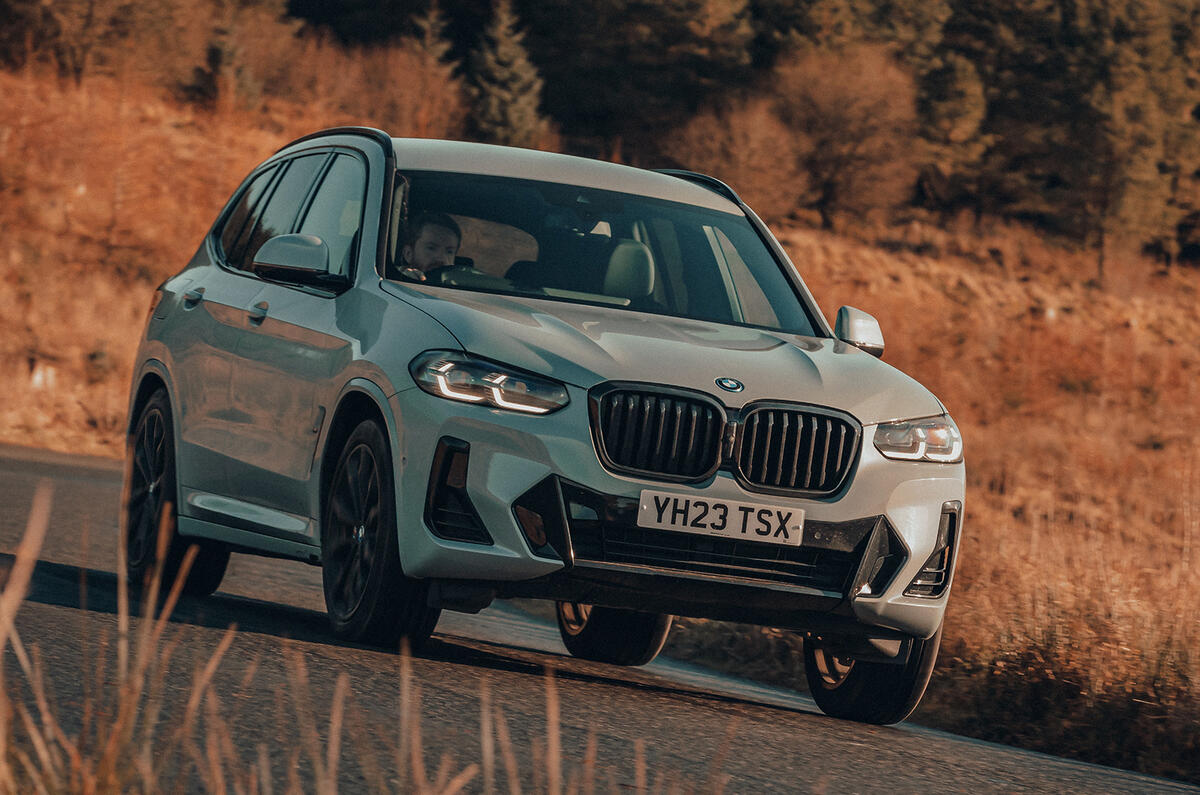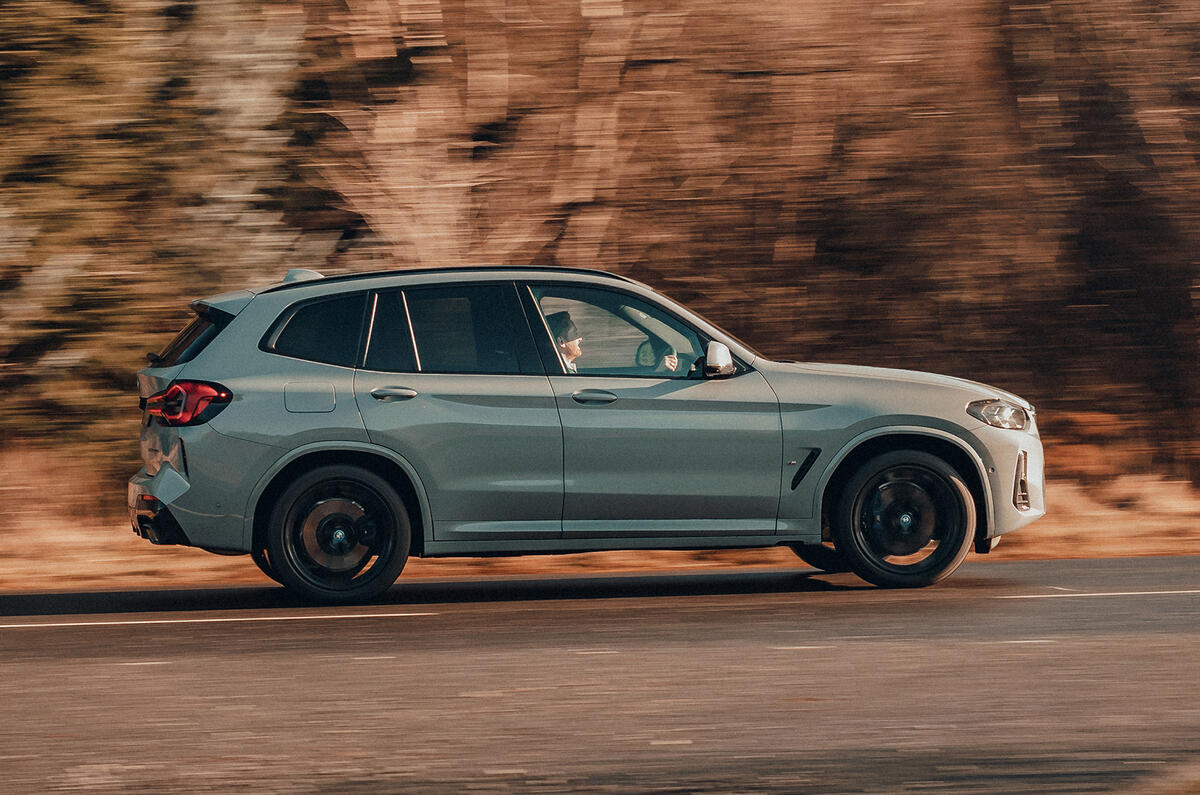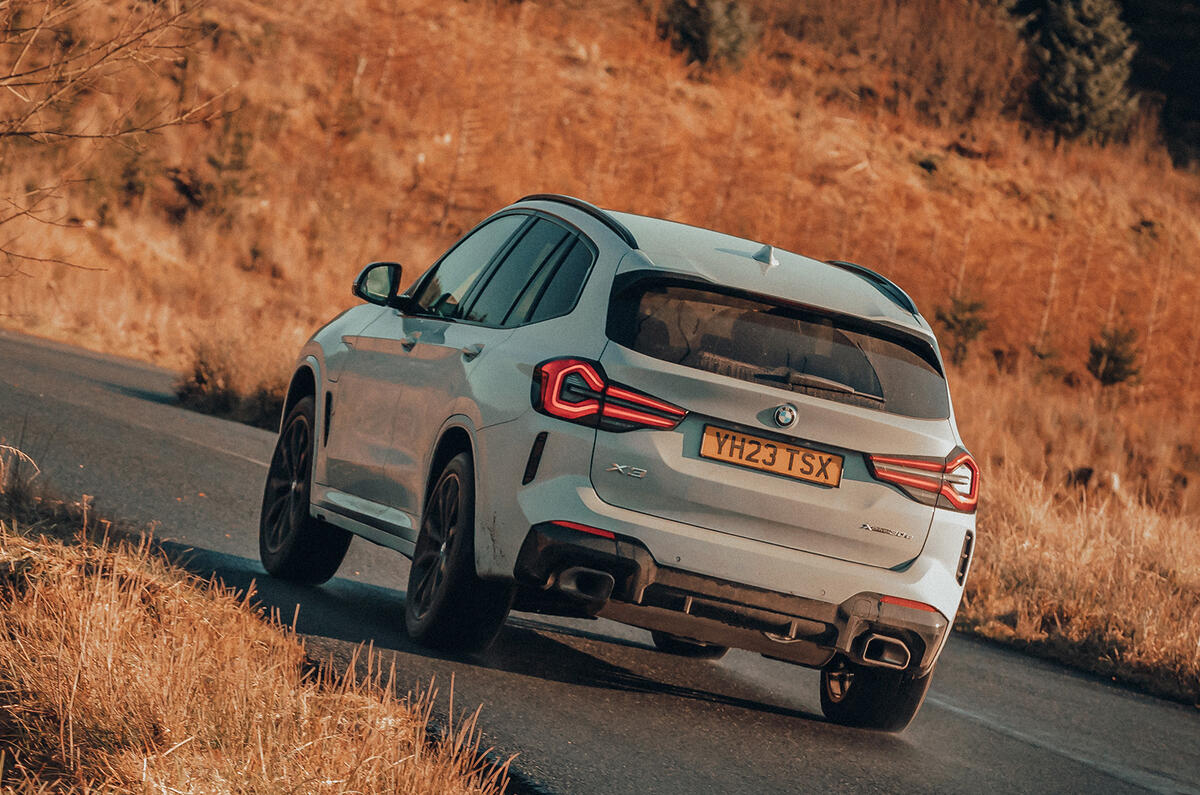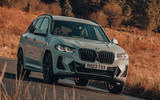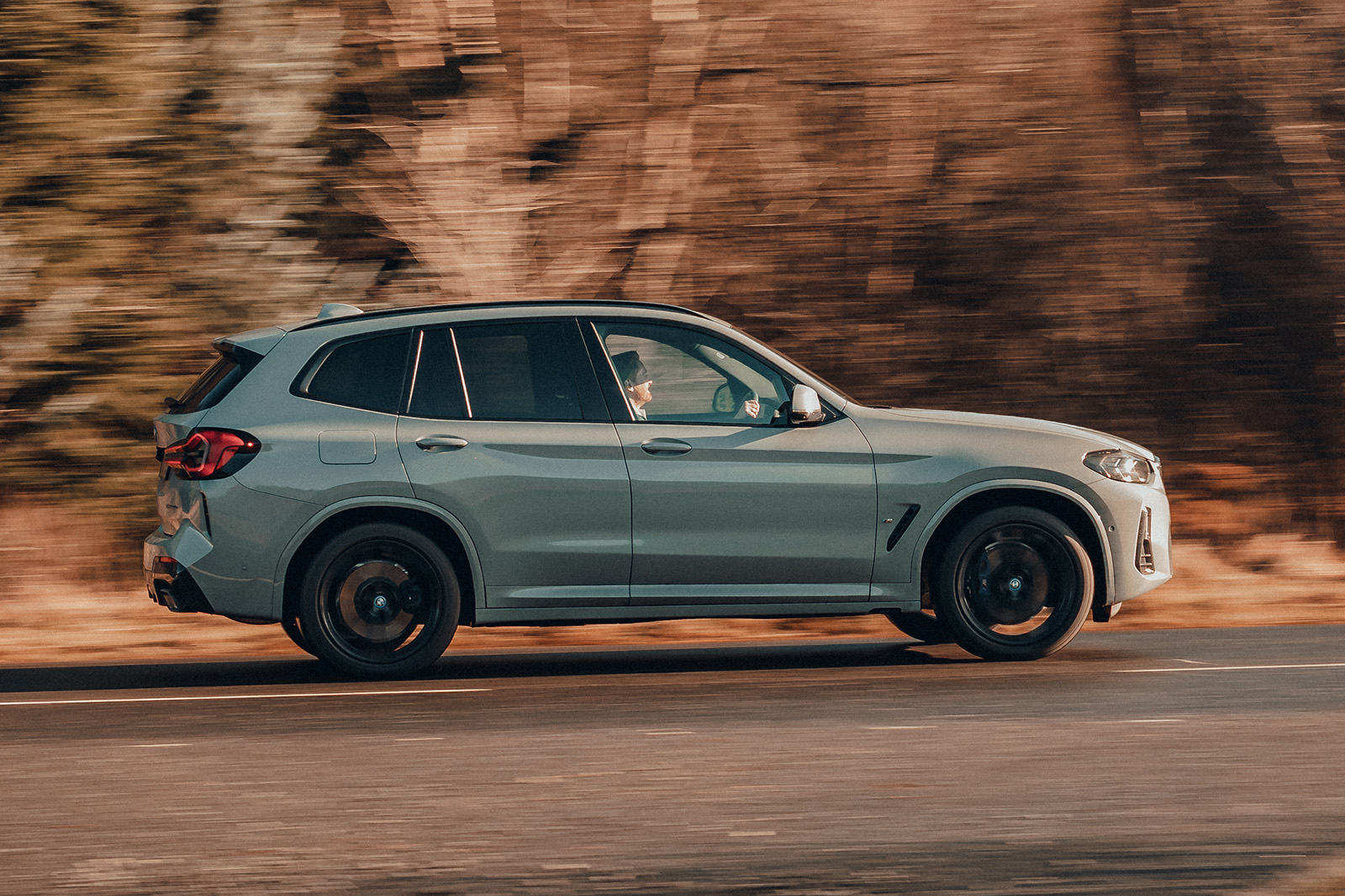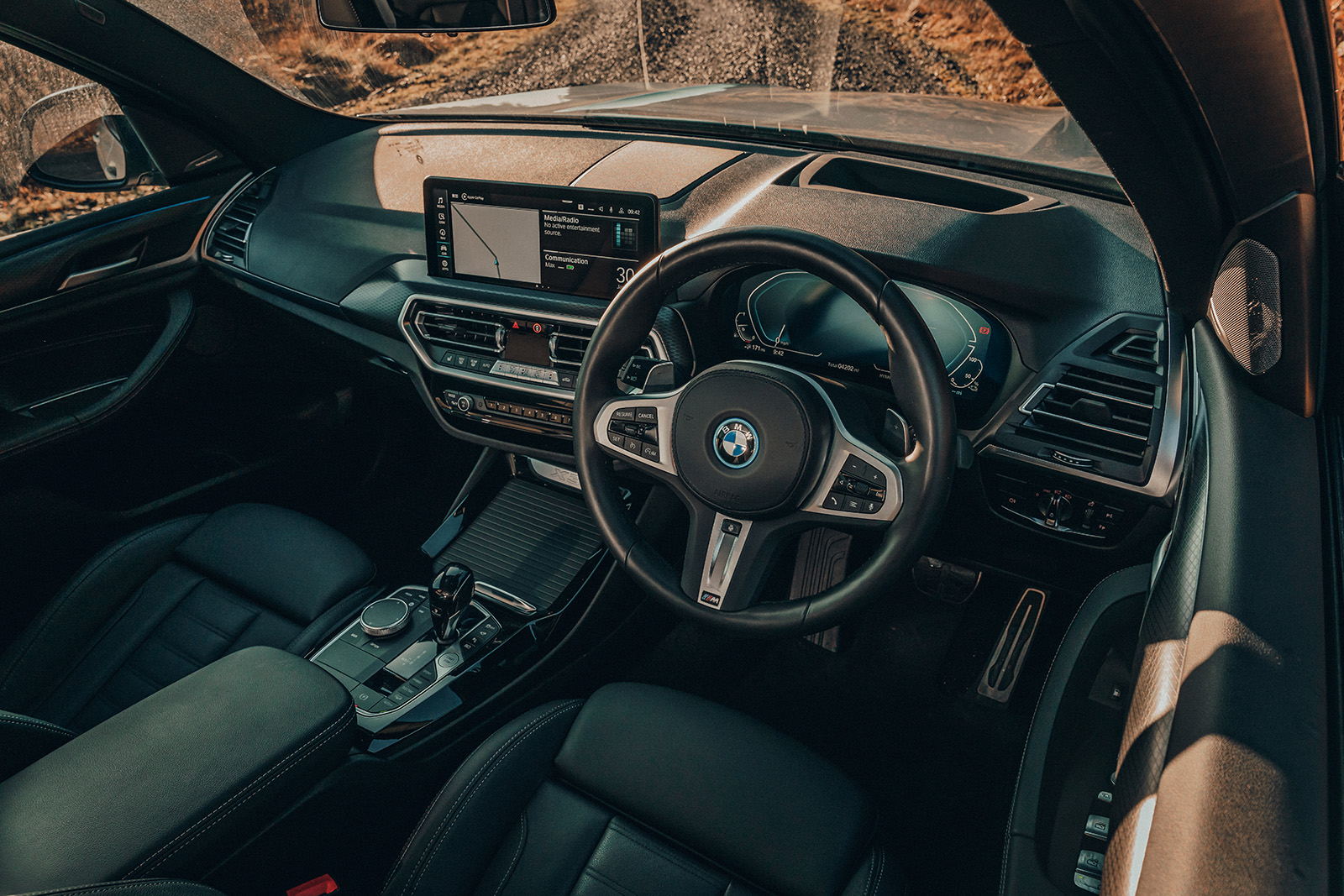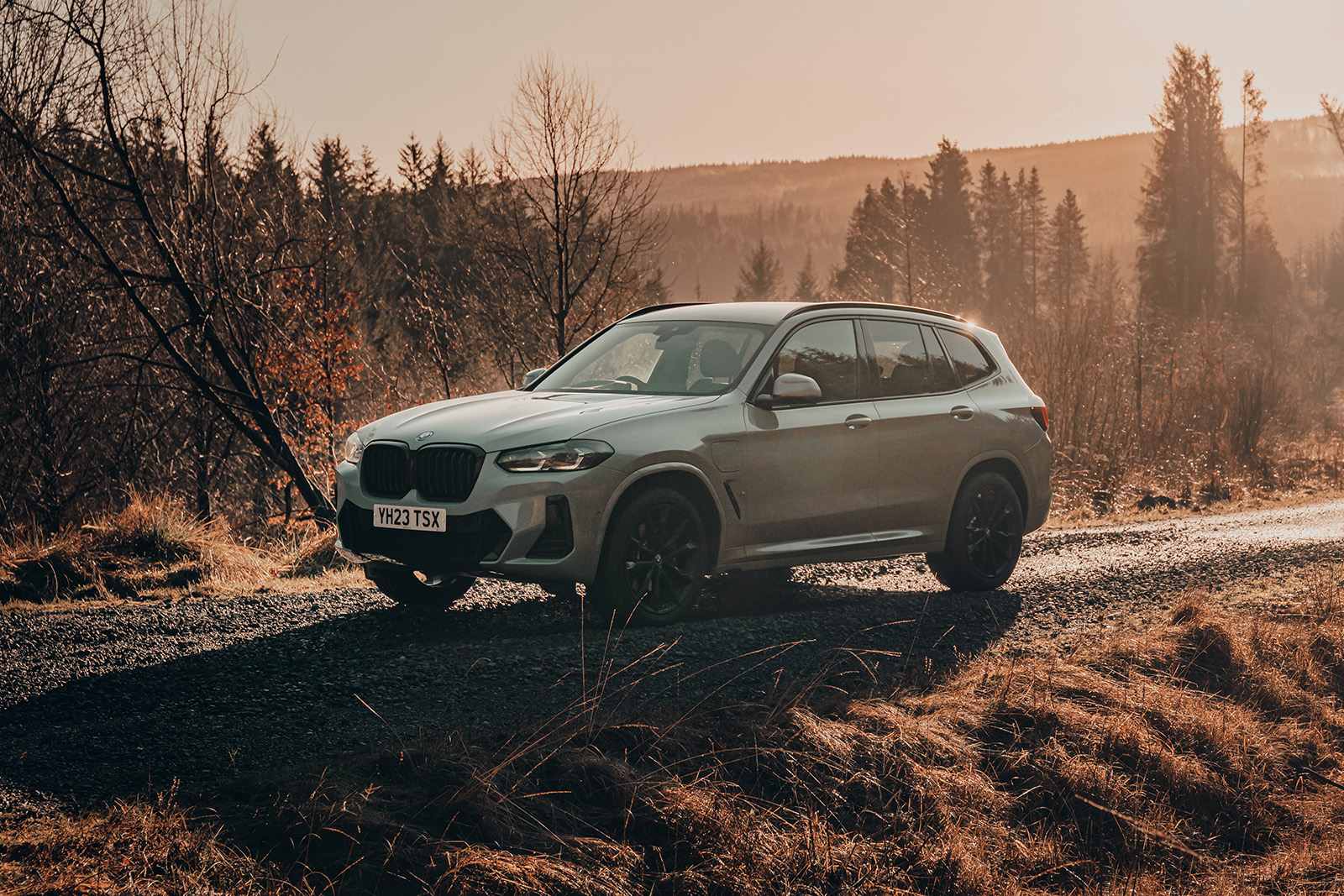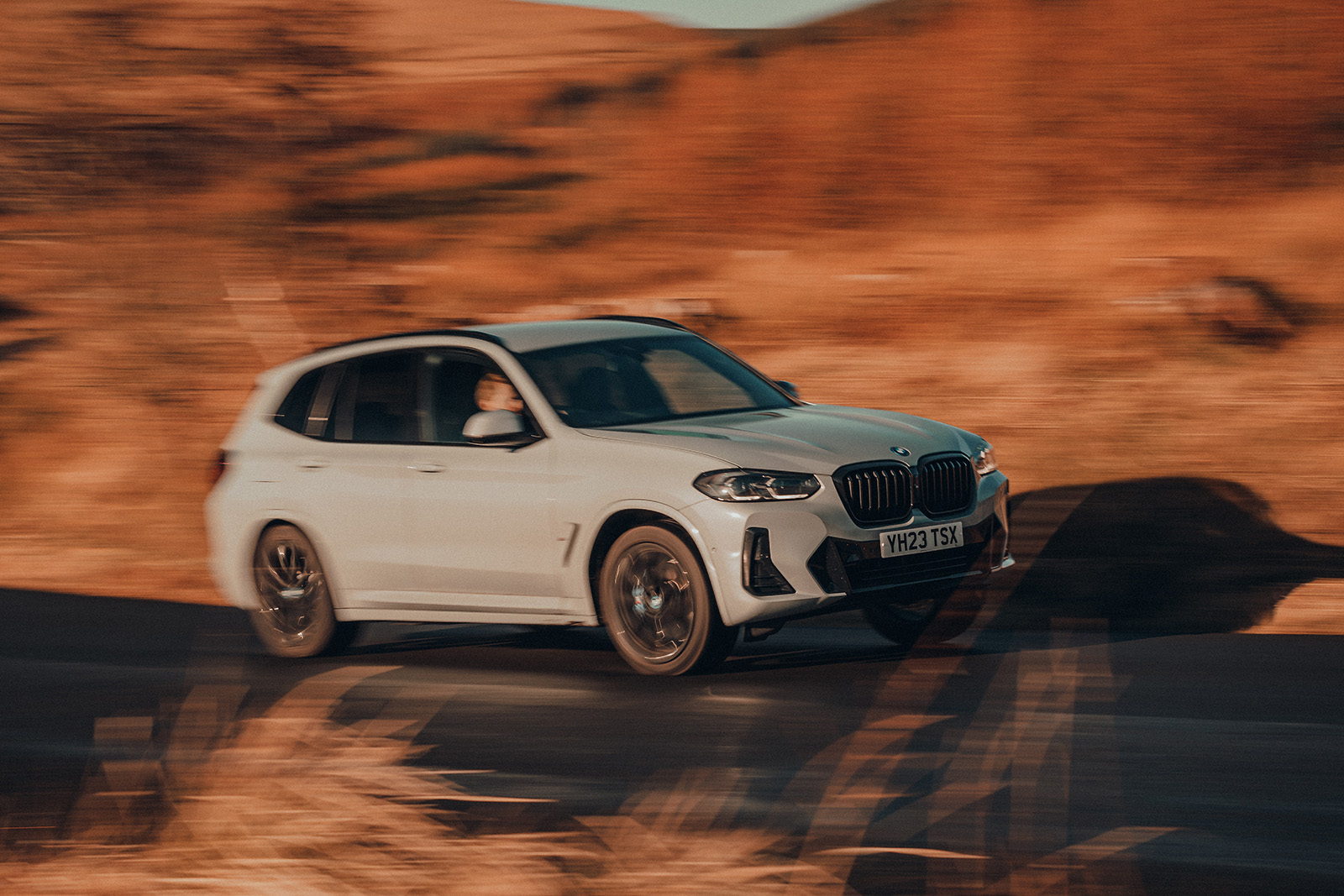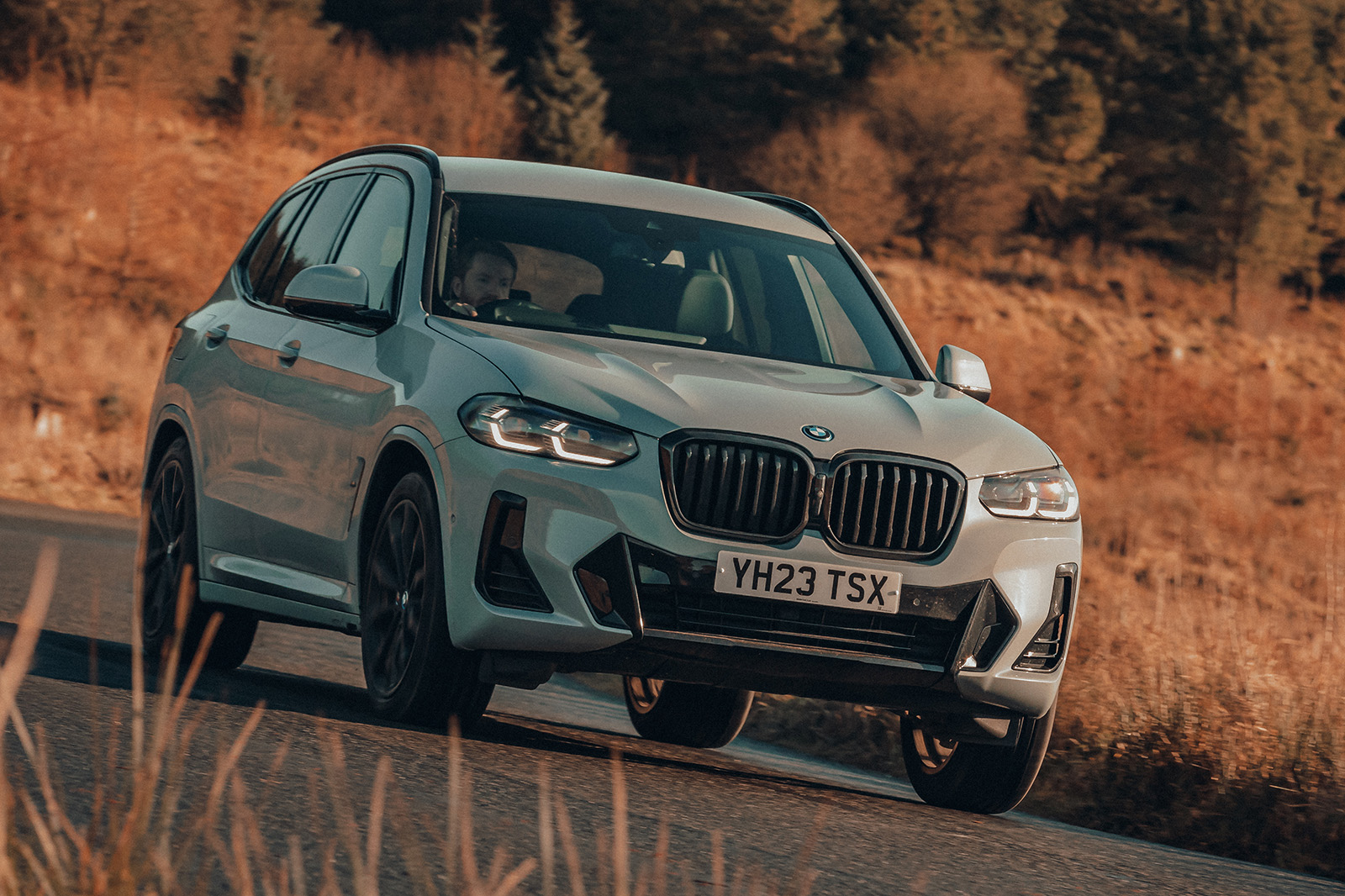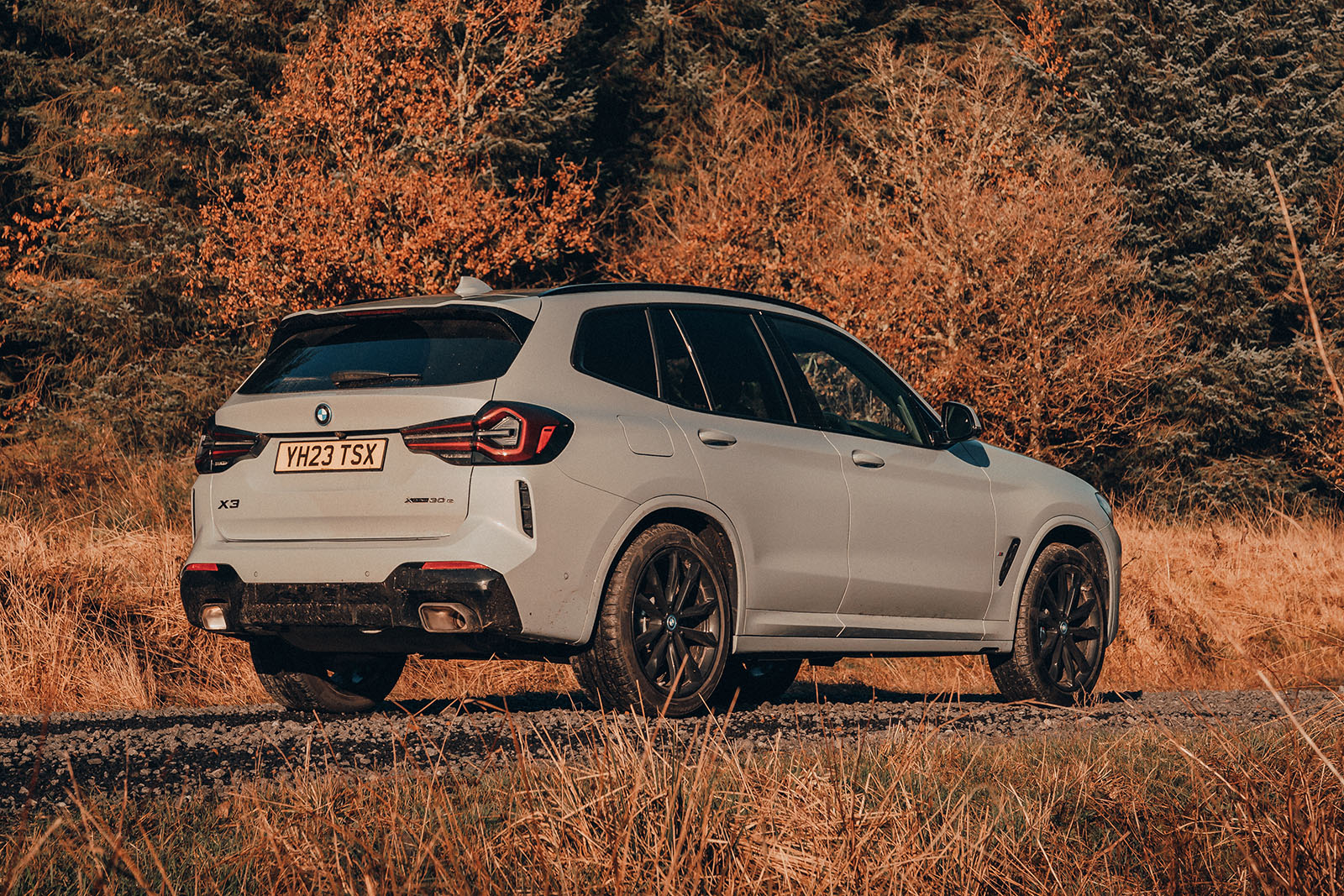Since the BMW X3's inception, the firm's range of SUVs has undergone something of a coming of age.
BMW's growing up and general maturing process coincides neatly with a dimensional expansion of the X3 that has made it a longer, wider car than the original BMW X5 that arrived on the scene in 1999.
BMW has sold more than 1.5 million X3s worldwide, a success story it will be eager to continue with the version that’ll take the model into its third decade on sale.
The X3’s price position within BMW’s SUV range is as you’d imagine it to be, at around £15,000 more than a BMW X1 and £20,000 cheaper than a BMW X5.
This end of the market is now practically bursting. The usual suspects from premium German rivals are here, including the Audi Q5 and Mercedes-Benz GLC, while the Land Rover Defender also offers stiff competition.
Diesels, petrols and plug-in hybrids are all available, and there are separate reviews for the electric BMW iX3 and the 3.0-litre M model called the BMW X3 M.
BMW claims the X3’s design is more confident and off-road inspired. But where this car is really going to have to impress is on the Tarmac. BMW has a knack for making cars a cut above the competition when it comes to driving dynamics, but the X3 hasn’t traditionally been the best of them.



